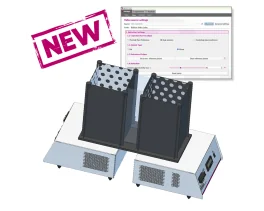
The Contextual Kits for T2CT have been designed to enhance thermal place preference studies...

The Contextual Kits for T2CT have been designed to enhance thermal place preference studies...
Discover our products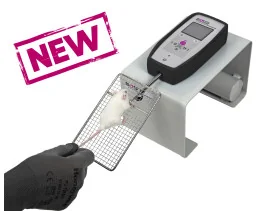
An easy way to objectively quantify the muscular strength of mice and rats, and to assess the...
Discover our products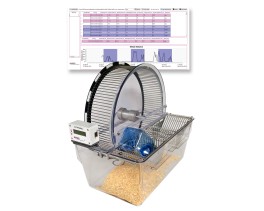
The BIOSEB Spontaneous Activity Wheel offers an effective solution for quantifying rodent...
Discover our products
The BIOSEB Spontaneous Activity Wheel is an easy way to quantify rodent voluntary activity in...
Discover our products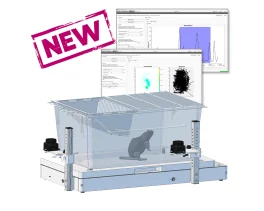
The uncomplicated way to monitor rodent activity over several days from their home cage...
Discover our products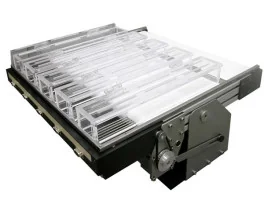
These small animal treadmills are used for forced exercise training and accurate testing of...
Discover our products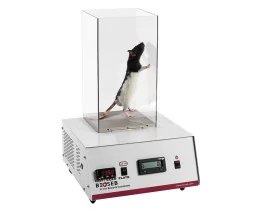
For testing animal's thermal sensitivity to pain resulting from exposure to heat or cold: the...
Discover our products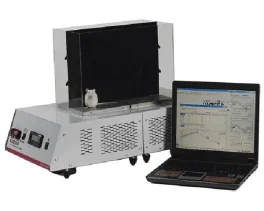
An operator independent test to study pain thresholds in rodents (mouse and rat) by assessing...
Discover our products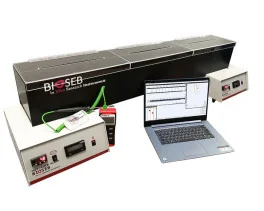
New and improved! The operator-independent Thermal Gradient Test used to show favorite...
Discover our products
The Contextual Kits for T2CT have been designed to enhance thermal place preference studies...
Discover our products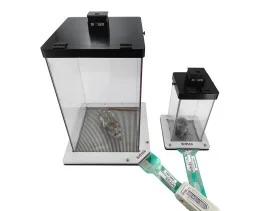
The advanced version of our Dynamic Weight Bearing Test for rodents (rats and mice) allows for...
Discover our products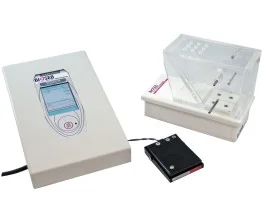
An easy and non pain-inducing solution for assessing the level of discomfort (incapacitance) in...
Discover our products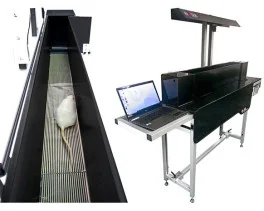
A unique device that provides automated measurement of weight bearing and force distribution...
Discover our products![Dynamic Weight Bearing 2.0 – Postural Module [Add-on]](https://bioseb.com/733-home_default/dynamic-weight-bearing-20-add-on-postural-module.jpg)
Expand Your Analysis with Advanced Postural and Locomotor Calculations BIOSEB’s renowned...
Discover our products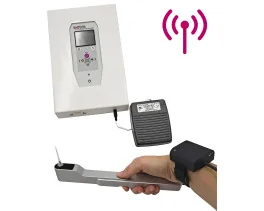
A quick solution to determine the mechanical sensitivity threshold in rodents (mice and rats)....
Discover our products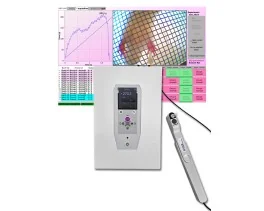
As an electronic version of the classical Von Frey Filaments esthesiometer (or aesthesiometer),...
Discover our products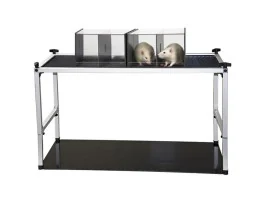
New ROBUST and modular cages to gently hold rodents (rats or mice) during nociceptive and...
Discover our products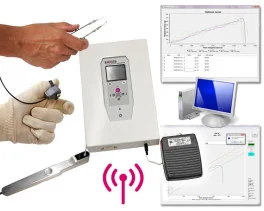
An economical and versatile solution for when flexible quantitative sensory testing (QST) is...
Discover our products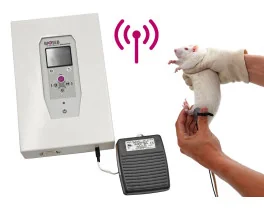
Dedicated to small animals, like mice and rats, Smalgo is a pressure-based analgesimeter...
Discover our products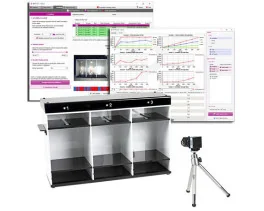
Bioseb's version 5 of the Tail Suspension Test system, based on both strain sensors and video...
Discover our products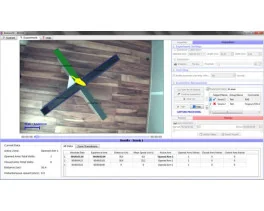
NEW ! A complete (hardware + software), dedicated and automated solution for the Elevated Plus...
Discover our products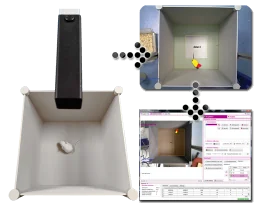
A unique setup for the automation of the Open Field test for rats and mice : 3D-camera based...
Discover our products
Open-field test - ARENA ONLY - used to evaluate of animal's basal activity and its evolution for...
Discover our products
The new Forced Swimming Test system from Bioseb uses a dual approach: Combining a double input...
Discover our products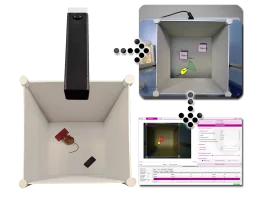
A brand new innovative setup for the automation of the Novel Object Recognition Test : 3D-camera...
Discover our products
Open-field test - ARENA ONLY - used to evaluate of animal's basal activity and its evolution for...
Discover our products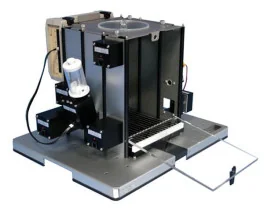
An entirely modular experimental enclosure designed to conduct operant conditioning procedures...
Discover our products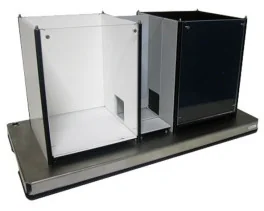
A standard experimental chamber for automated or manual assessment of conditioned place...
Discover our products
Real-Time Physiological Monitoring for Small Animals – Wireless & Non-Invasive The Bioseb...
Discover our products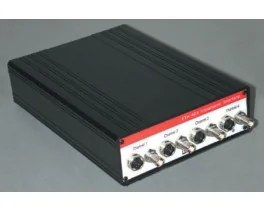
The ETH-401 is a bridge amplifier for various transducers that provides four channels of...
Discover our products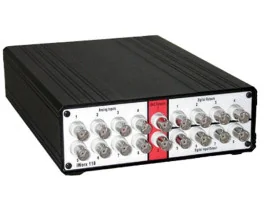
The IX-118 is a fast 100 Khz, high-resolution data acquisition system suitable for most data...
Discover our products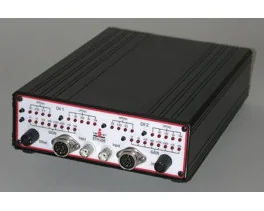
The ETH-256 is a 2 channels high performance, general-purpose life science research amplifier,...
Discover our products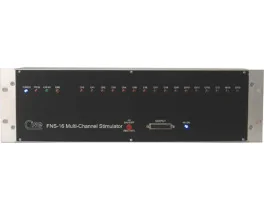
Full-featured multi-channel stimulator for neuromuscular stimulation
Discover our products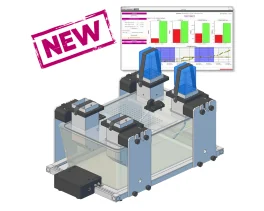
Discover BIO-FOODIS, the next generation solution for understanding animal feeding behavior with...
Discover our products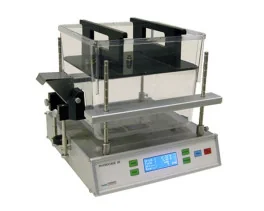
The OXYLET system - Physiocage is a modular system allowing the integration of respiratory...
Discover our products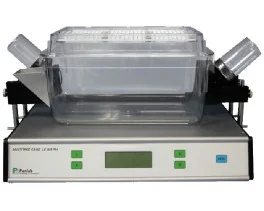
Innovative and appropriate equipment for measuring food/liquid consumption and correlated motor...
Discover our products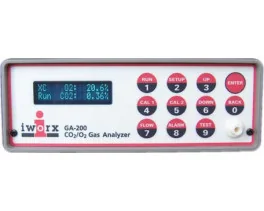
An economical, high performance Oxygen and Carbon Dioxide Analyzer with sampling rates fast...
Discover our productsA standard experimental chamber for automated or manual assessment of conditioned place preference and aversion in rodents (rats or mice), two tests widely used for screening the reinforcing properties of drugs (or natural stimuli) as well as for investigating the brain neurobiological systems implicated in reward and addition.
![]()
![]()
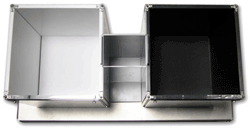
![]() Presentation
Presentation
BIOSEB Place Preference Box is a standard experimental chamber for automated assessment of conditioned place preference and aversion in rodents, two tests widely used for screening the reinforcing properties of drugs (or natural stimuli) as well as for investigating the brain neurobiological systems implicated in reward and addition.
The purpose of the Conditioned Place Preference test is to characterize the rewarding potential of a drug or other experimental condition.
The procedure involves operant conditioning of a preference for a particular environment that has been consistently paired with a subjective internal state induced by the tested substance or condition. If a drug has marked rewarding properties, the animal will spend more time in the compartment with which it was paired when subsequently tested without the drug. The conditioned place preference procedure is classically used for a long time to test the addictive liability of putative drugs of abuse in research as well as in pharmaceutical industry. The procedure may also be modified to determine whether genetically modified animals are more or less sensitive to the reinforcing effects of a drug.
![]() Operating principle
Operating principle
The experimental box consists of two Perspex compartments of the same size interconnected by a central grey corridor.
The compartments can be differentiated by both visual and tactile cues: the colour of the walls in each compartment (white or black) and the texture of the floors (smooth or rough). The box is provided with transparent frontal walls which may be covered with extractable opaque covers (included). Manually operated sliding doors are provided to manage the access to the two compartments from the corridor.
Data sheet
Number of publications:
A brand new innovative setup for the automation of the Novel Object Recognition Test : 3D-camera based technology is now...
Open-field test - ARENA ONLY - used to evaluate of animal's basal activity and its evolution for rodents (rats and mice) in...
check_circle
check_circle